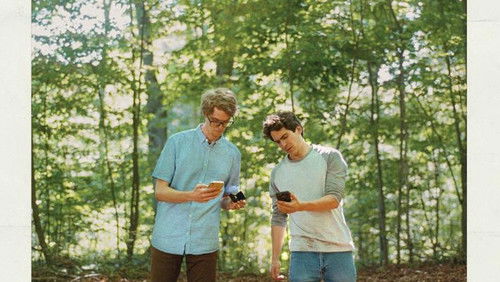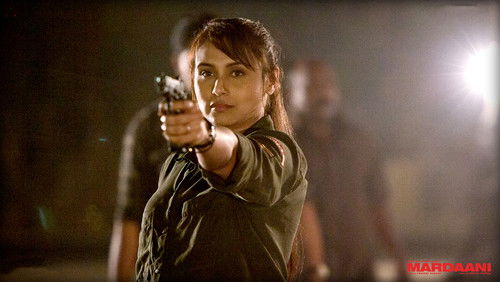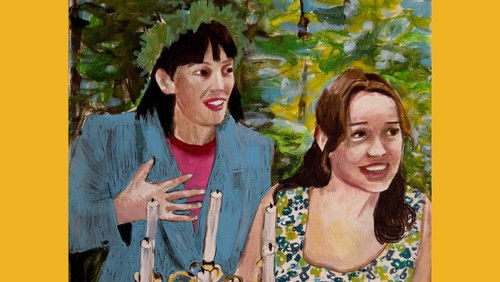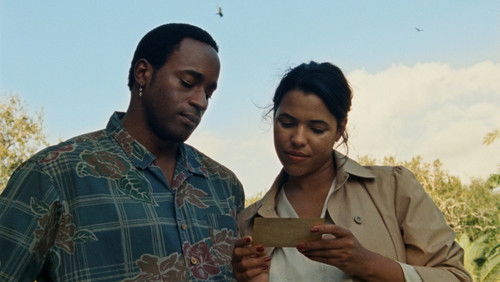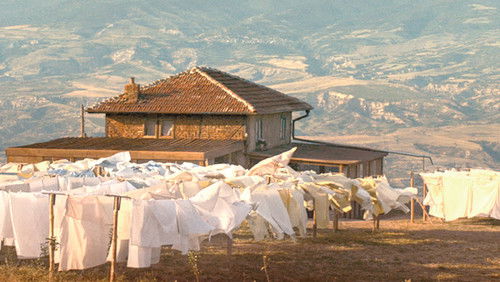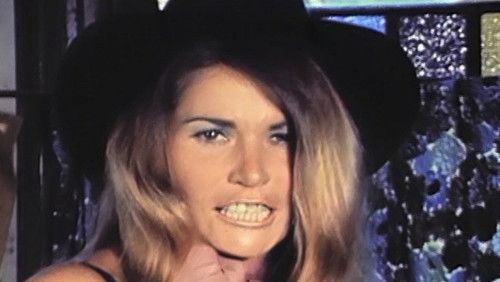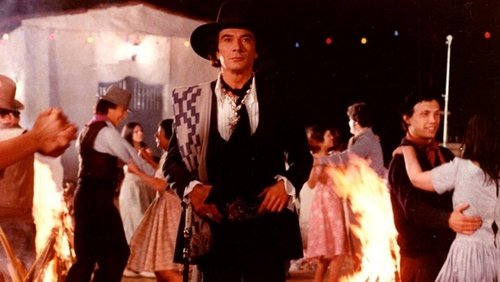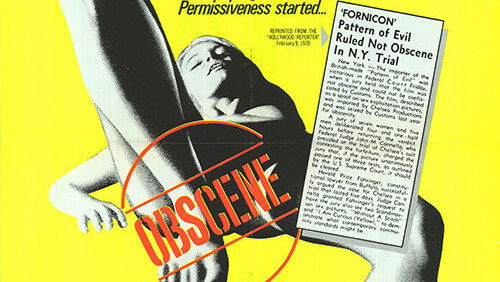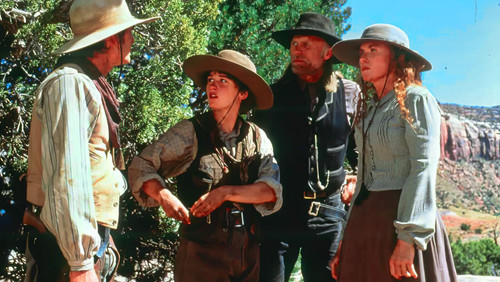Shooting Stars (1928)
23KShooting Stars: Directed by Anthony Asquith, A.V. Bramble. With Annette Benson, Brian Aherne, Donald Calthrop, Wally Patch. The husband and wife acting team of Mae Feather and Julian Gordon is torn apart when he discovers she is having an affair with the screen comedian Andy Wilks. Mae hatches a plot to kill her husband by putting a real bullet in the prop gun which will be fired at him during the making of their new film, ‘Prairie Love’.
“I had the good fortune of seeing this film the other day in the Brussels film museum. The only names I had heard of were those of Anthony Asquith and Brian Aherne. What a discovery this unique look behind the scenes of British film-making of the twenties was! u003cbr/u003eu003cbr/u003eAt heart Shooting Stars is a melodrama, but what makes it special is the fact that it is set in a British film studio (plus some location work at the seaside). If youu0026#39;re just interested in film history, you can sit back and marvel at the scenes where several silent movies are made a the same time in one studio. While two main characters are filming a western, the third lead is filming slapstick on the neighboring set. During the location scenes it is shown how bystanders are watching scenes being shot, sometimes just feet away from the actors. That was possible in the silent days. The character of Andy Wilkes clearly references Charlie Chaplin, and – as he is anything but a happy clown or even a nice man off the set – you may wonder whether some criticism of Chaplin is meant here.u003cbr/u003eu003cbr/u003eYet, there is more. Annette Benson, Brian Aherne and Donald Calthrop create believable characters, even for viewers used to the modern acting style. There is still a bit of that slight overacting typical of the silent movies, but especially Donald Calthrop uses as little movement as possible to convey emotion. The fact that you can also see the three leads in their sightly more hysterical movie character roles helps you to appreciate the naturalistic style of the more intimate scenes. Memorable moments are Brian Aherneu0026#39;s enjoyment of his own film (he gets caught up, like the audience in the cinema, in the excitement of a film he made) and Annette Bensonu0026#39;s character realizing her horrible mistake.u003cbr/u003eu003cbr/u003eA third reason to watch this film is its technical quality. Thereu0026#39;s a moment where the camera follows Bensonu0026#39;s character leave the set, walk up some stairs and visit another set. To get that focus and the lighting right, must have entailed painstaking preparations. At other times important pieces of information are framed beautifully, sometimes in the corner of the screen, in such a way that your eye is drawn to them.u003cbr/u003eu003cbr/u003eTwo final remarks. The film ends with a jump ahead in time, with one of the characters now a film director. Apparently Asquith didnu0026#39;t believe in talkies yet, because the fictional director is still making silent films in the future. And then thereu0026#39;s Annette Benson. Her character disappears at the end of the film. When you look up Miss Bensonu0026#39;s bio, you discover that there is no information about her after the early thirties…”
